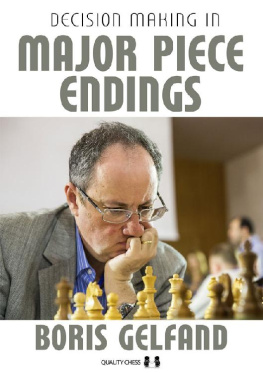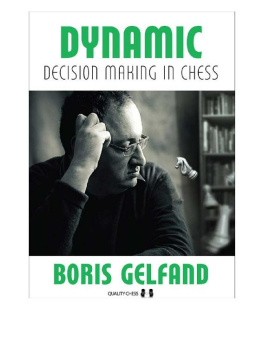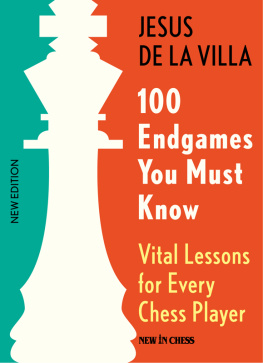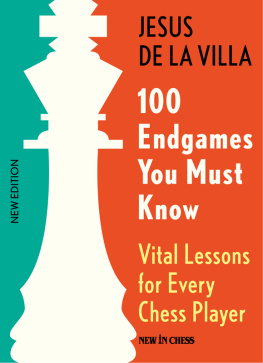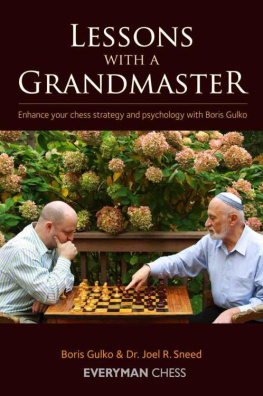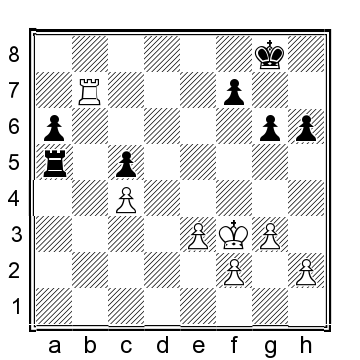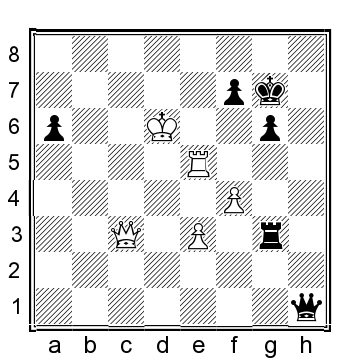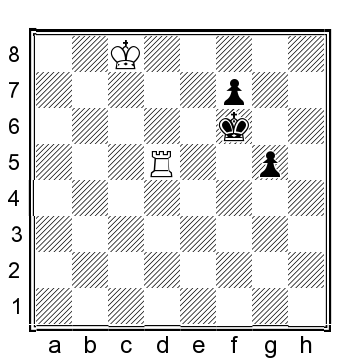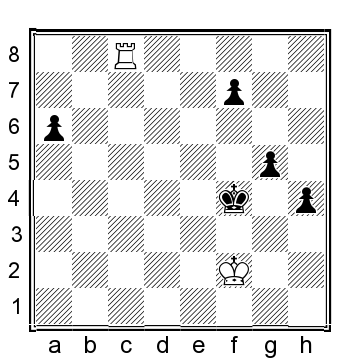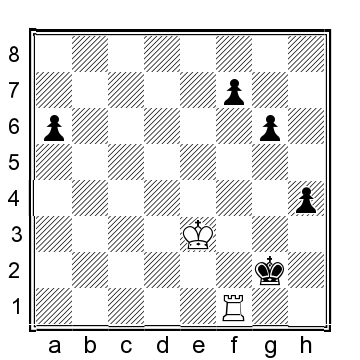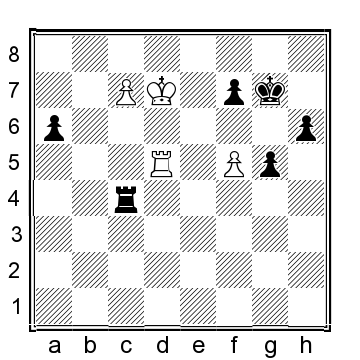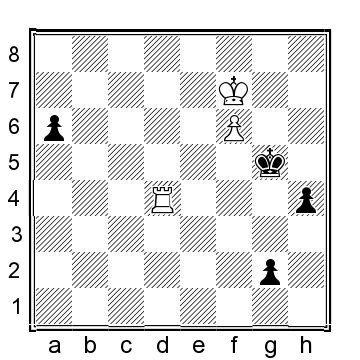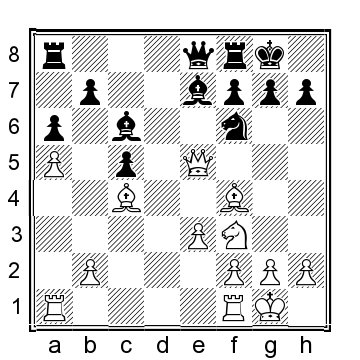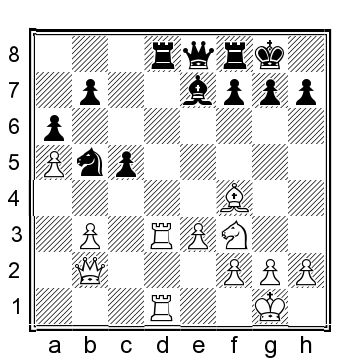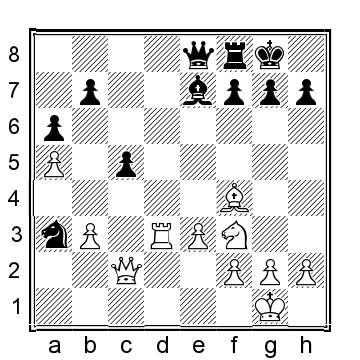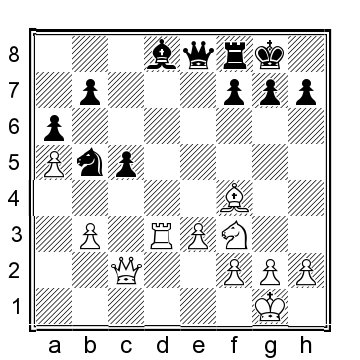Chapter 5
From the Simple to the Complex

With Kasimdzhanov in Elista 2007
Diagram Preview
On this page you will find a few diagrams with critical moments from the coming chapter. If you want to compare your thinking with the games and analysis, you have the possibility. Take as much time as you need or want. This is not a test, but a chance to practise your analysis and decision making.
What is Whites strongest move?
(see page 128/129)
Black is under pressure, but has a nice little move to stay in the game
(see page 132)
Black has to play accurately to hold
(see page 134)
Black has only one way to hold the game
(see page 135)
White to play and win
(see page 136)
Deep calculation is needed for Black to hold the draw
(see page 138)
White to play and win!
(see page 140)
I missed the winning idea
(see page 140)
In the following game, also from the Grand Prix tournament in Baku, you will see the relevance of all this knowledge in the decisions made within. In some cases, my opponent and I should have done better. But I ask forgiveness. We are only human and chess is awfully difficult. However, I hope you will see the relevance when you go through the game and the analysis, and that it will help you navigate the vastly complicated game better than we did.
Boris Gelfand Rustam Kasimdzhanov
Baku 2014
Rustam Kasimdzhanov is from Uzbekistan and became famous when he surprisingly won the Tripoli knockout World Championship in 2004.
I played a Candidates Match with him in 2007 to qualify for the Mexico World Championship. He has joked that he feels a sense of panic whenever he has to play me. For some reason I am his worst opponent. Which is nice, as he is a dangerous opponent to almost everyone else.
He has since evolved into one of the best seconds in the world. He helped Anand for a few matches, then worked with Karjakin and now with Caruana in his successful run at the Candidates 2018 and when he lost in a play-off at the World Championship later the same year. He is a very committed player, which I think is the main reason there are many who have asked him to be a second. What is interesting about this game is that it was the second remarkable rook endgame I had in Baku. To have one complex rook ending in a tournament is a treat. To have two is an absolute delight.
1.d4 d5 2.c4 e6 3. N f3 N f6 4. N c3 B e7 5. B f4 0-0 6.e3 N bd7
The Queens Gambit, one of the most popular openings.
7. B e2
I have played this often. The idea is that you do not have to recapture immediately on c4.
7...dxc4
8.0-0
8. B xc4 a6 9.a4 c5 gives Black a decent game. White does not have 10.d5 on account of 10... N b6! .
8...a6
8...c5 9. B xc4 a6 10.dxc5 would still give Black a few problems to solve. As this book is an endgame book, we shall stop the opening analysis here.
9.a4 c5 10.d5
This is the main point of the different move order.
10... N xd5 11. N xd5 exd5 12. Q xd5 N f6 13. Q e5
This is not anything dramatic. The computer claims that the position is completely equal. But there are many finesses in the position and I wanted to see if my opponent would be good at navigating them.
13... Q e8
Later on Black improved on this line with 13... B e6 14. N g5 B d7 15. B xc4 Q e8 16.a5 B b5 17.b3 h6 18. N f3 R d8 19. Q f5 Q c6 20. Q c2 N d5 and White has no advantage at all, Gelfand Oparin, Zurich 2017. This game was played with a time control called modern classic (see page 84).
14. B xc4 B d7 15.a5 B c6
16.b3!
This is a flexible move, creating a square for the queen on b2. You need these types of finesses in order to squeeze anything out of these solid set-ups.
Subsequently, attempts were made to improve on my play, but I do not think they were successful. (Of course, it is also possible that the players were trying to copy me, but could not remember what I had played.)
16. R fd1 N e4 17. Q f5 g6 18. Q h3 B f6 19. B h6 B xb2 20. B xf8 B xa1 21. B xc5 B f6 Black had equalized in Bromberger Fridman, Germany 2018.
16. Q c3 N e4 17. Q c2 B f6 was also fine for Black in Yilmaz Kovalev, Ankara 2018.
16... N e4 17. Q b2
This was my preparation. The idea is to meet 17... B f6 with 18. B e5 , trying to get into an endgame where White has a little pressure. But while this is not uninteresting, the real stuff comes in the endgame.
17... N d6 18. B d3 B b5 19. R fd1
As usual I took my time to get adjusted to the end of the preparation and to form a strategy for the early middlegame.
19... B xd3 20. R xd3 N b5 21. R ad1 R d8
22. Q c2
22. Q e5!? was also interesting and is the preferred move of Stockfish. White is slightly better.
22... R xd3 23. R xd3
23. Q xd3 Q d8! would be unfortunate. I would have no great way to protect the a-pawn.
23... B d8?!
Here I was worried about 23... N a3! .
It is hard to make this type of move during a game. It seems rather artificial, but I could not find anything. 24. Q d1 ( 24. Q c3 Q b5 equally looks fine for Black.) 24...c4! (But now not 24... Q b5? 25. N e5! Q xa5 26. R d7 and White has a serious advantage.) 25.bxc4 N xc4 All the advantage is gone.
Here I spent 20 minutes trying to find a way to keep the game going.
24. Q d2!?
I considered the forcing line 24. N e5 , but failed to find anything after 24... B xa5 25. N d7 N d4! 26. Q xc5 Q xd7 27. R xd4 Q c8 where we are heading for an early draw.
Next page
